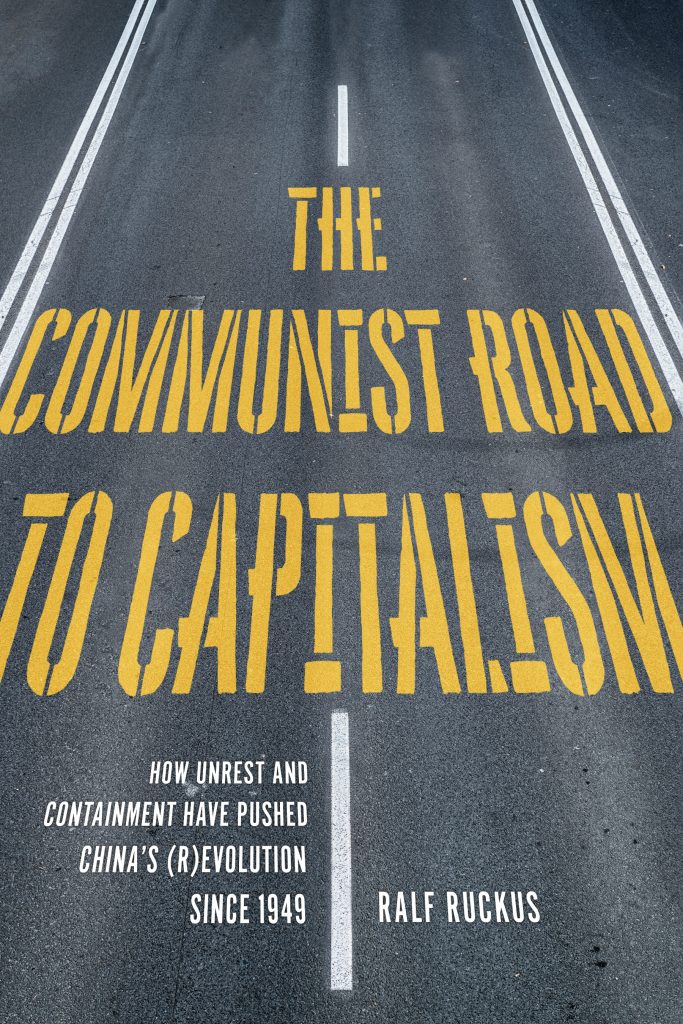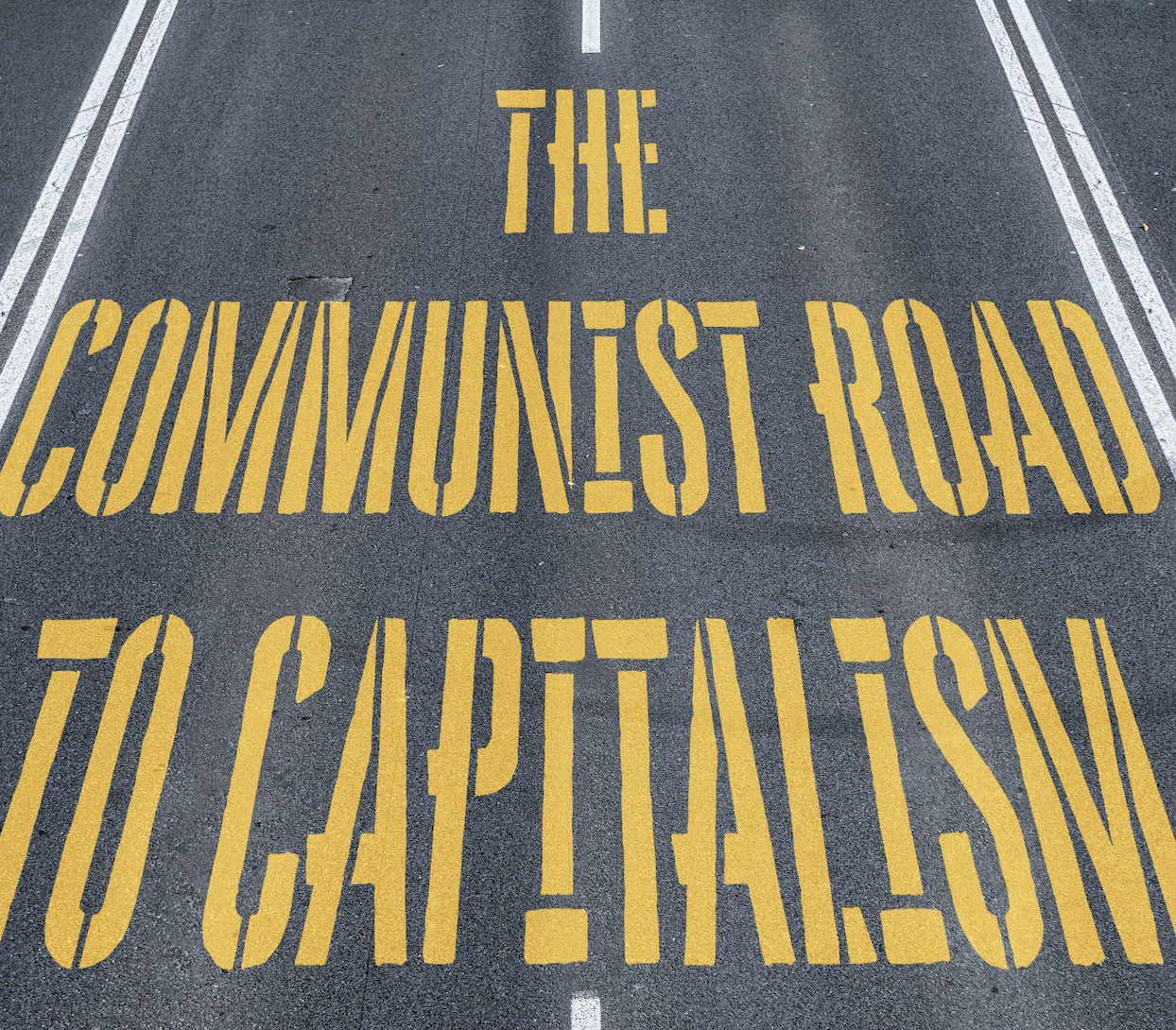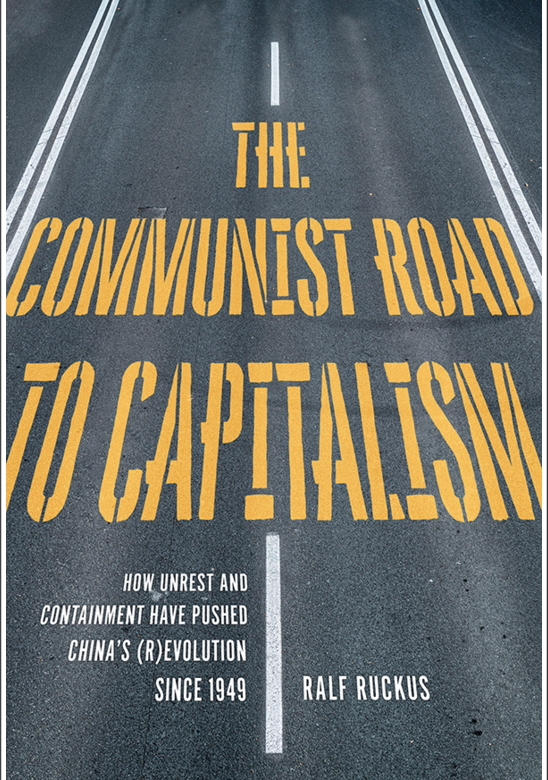By Systemic Disorder
October 12th, 2021
There is perhaps no bigger controversy among partisans of the Left than the nature of China and its economy. Is it socialist? Capitalist? State capitalist? A hybrid? That so much debate swirls around this issue is its own proof that the question doesn’t have a definitive answer, at least not yet.
What can be agreed upon is that China has experienced decades of extraordinary economic growth. But the nature of that growth, and the base upon which it has been created, are also subject to intense debate, arguments that necessarily rest on how a debater classifies the Chinese economy. An additional debate is whether China’s growth is replicable or is the product of particular conditions that can’t be duplicated elsewhere. And what should be at the forefront of any debate is how China’s working people, in the cities and in the countryside, fare under a tightly controlled system that promises to bring about a “moderately prosperous society.”
Setting out to examine China from that last perspective is a new book, The Communist Road to Capitalism: How Unrest and Containment Have Pushed China’s (R)evolution since 1949. As you might guess from the pungent title, Communist Road, authored by activist Ralf Ruckus, is not only critical of the Chinese Communist Party, but comes squarely down on the proposition that China has become a capitalist society. Despite China’s increasing integration into the world capitalist system, the increasing emphasis placed on markets and widening inequalities, the proposition that China has moved to capitalism is quite controversial for many people on the Left.
Mr. Ruckus begins his argument by suggesting that a more gradated approach to Chinese history since the 1949 revolution better captures the stages of China’s development. He presents four different ideas commonly put forth that attempt to define the nature of China’s economy. These four concepts are capitalist from 1949 to now; socialist from 1949 to now; socialist and then capitalist; and a four-stage approach of transition to socialism, socialism, transition to capitalism and capitalism. There is a fifth conception not mentioned by Mr. Ruckus — that China is not classifiable as capitalist or socialist, a perspective put forth by the Marxist economist Samir Amin. Dr. Amin, in his The Implosion of Contemporary Capitalism, argued that asking if China is socialist or capitalist “is badly posed” because it is “too general and abstract.” Dr. Amin wrote that although “the Chinese project is not capitalist does not mean that it is socialist, only that it makes it possible to advance on the long road to socialism” but added that China could also “end up with a return, pure and simple, to capitalism.”
Thus there is more than one nuanced perspective. The last of Mr. Ruckus’ four offered ideas (the four-stage approach) and Dr. Amin’s hybrid approach appear the most viable among the five theories in our struggle to understand the contours of Chinese development. It is the four-stage approach that provides the spine for Communist Road. Whether or not we are in agreement that China has become capitalist (on its own terms) or is moving toward capitalism, that China is in danger of a long-term, or even permanent, turn to full-on capitalism shouldn’t be a source of heated dispute. The collapse of the Soviet Union and its Central European satellites, and their return to capitalism on disadvantageous terms, provides proof, even for those who believe China remains a socialist country, that capitalism could be its future. Nor should it be expected that deepening entanglement with the world capitalist system doesn’t present its own dangers.
Social confrontation across four periods
Early on, in the opening pages, Mr. Ruckus states that his “main focus lies on social confrontation and the ruptures and continuities they produced in the PRC since 1949,” and he does not waver from that focus in discussing his four periods (transition to socialism, socialism, transition to capitalism and capitalism) of Chinese Communist Party (CCP) rule. The coming tale of urban and rural unrest is set early when the author writes, “[T]he actually existing socialism constructed [in the first two periods] was very different from both the preceding and the following economic, political, and social systems. Furthermore, actually existing socialism was largely distinct from the socialism desired by proletarians, peasants, and women* who had been involved in revolutionary organizing since the 1920s.” [page 7]
Continuing to set out his thesis in the opening pages, Mr. Ruckus argues that “the overall character of the system qualified as capitalist from the mid- to late-1990s onward, because the main driving force of the economy was capital accumulation and the generation of profit, and because the CCP leadership and other sections of the ‘elite’ formed a reconfigured capitalist ruling class that appropriated a large part of the wealth produced through the exploitation of workers and peasants.” These reforms were successful because “they could build on the foundations socialism had created and, second, because so-called globalization, with new industrial production clusters and supply chains … offered a historical opportunity for attracting foreign capital and for developing the PRC economy the CCP regime made use of.” [page 9]
The reference to CCP cadres as a “ruling class,” and a capitalist ruling class no less, is bound to set off significant controversy. That is perhaps a technical side issue we can sidestep here. A larger issue for the reader of Communist Road is whether the author makes his overall case effectively. The four core chapters of the book cover the four defined periods, starting with the transition to socialism. In these first years after the 1949 revolution, substantial improvements were achieved in social conditions, including life expectancy, child mortality, health care, income equality and literacy.
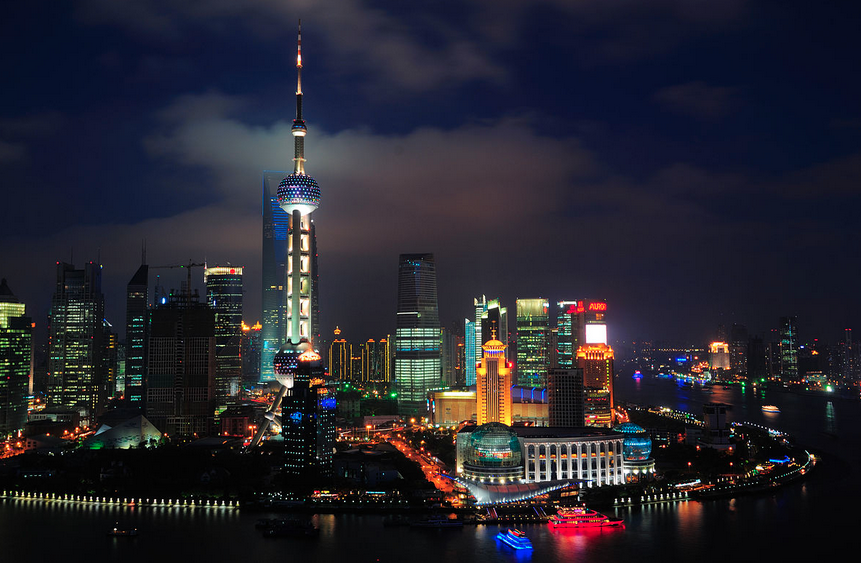
At first, the CCP followed the model of the Soviet Union with an accumulation and industrialization strategy with similarities to “authoritarian capitalist late comers” using Taylorist and Fordist production techniques; the form of technology and work organization was seen as neutral. As with the Soviet Union of the 1920s and 1930s, the capital and labor power for industrialization could only come from internal sources. In the countryside, the peasant economy was left intact until the mid-1950s, with land reforms benefiting poor and middle peasants. There were benefits for women, too — a 1950 marriage law granted them equal rights with men, although full equality did not come as women workers tended to be relegated to “softer” work with lower pay and fewer work points.
With the onset of nationalizations in the mid-1950s, a brief political opening up, the “Hundred Flowers Campaign,” widened the spaces for criticism, but the window was soon shut when criticism was deeper than the CCP had anticipated. Nonetheless, the party retained significant sources of support as it launched the Great Leap Forward, a collectivization and industrial drive. The Leap failed, leading to acute shortages of food as a decline in the size of the rural workforce as urban industries rapidly expanded, mismanagement, poor weather and false reports filed by local authorities combined to create a disaster. Millions would die.
Conflicting currents in the Chinese Communist Party
Communist Road places the blame squarely on Mao Zedong. But perhaps the situation was not so clear-cut. Minqi Li, for example, in his book The Rise of China and the Demise of the Capitalist World Economy, flatly states “it was Deng Xiaoping and Liu Shaoqi who were responsible for the Great Leap Forward,” and quotes Liu as praising officials who reported implausible, wildly inflated crop yields as “having overthrown science.” At the same time, Mao cautioned against the “exaggeration wind” but party leaders, following the leads of Deng and Liu, who were in charge of party propaganda, continued to agitate for ideas to be “liberated.” (As an aside, Dr. Li’s research found that the peak of the death rate during the Great Leap Forward was lower than the normal death rate during the 1930s; by the 1970s, the death rate was about one-fourth what it had been in the 1930s.)
Dr. Li concludes his analysis of the Great Leap Forward by stating “a privileged bureaucratic group” had taken control of the party; now no longer a party committed to revolutionary ideals and willing to self-sacrifice but rather “one that included many careerists who were primarily concerned with personal power and enrichment.”
That is not different from Mr. Ruckus’ overall conclusion, although he asserts that Mao “was held responsible” for the Great Leap Forward and “pragmatic leaders” like Deng and Liu “instituted reforms that were supposed to deal with the fallout of the GLF.” [page 56] During the next period of upheaval, the Cultural Revolution of the mid-1960s, is, consistent with the book’s perspective, examined from the standpoint of workers and peasants by Mr. Ruckus. Separate from the struggles within the party hierarchy, he writes that the Cultural Revolution was a series of mass outbreaks for better working conditions and permanent jobs as part of a struggle against the “red bourgeoisie” (a term used by some Cultural Revolution participants) and the CCP that was “exploiting workers.”
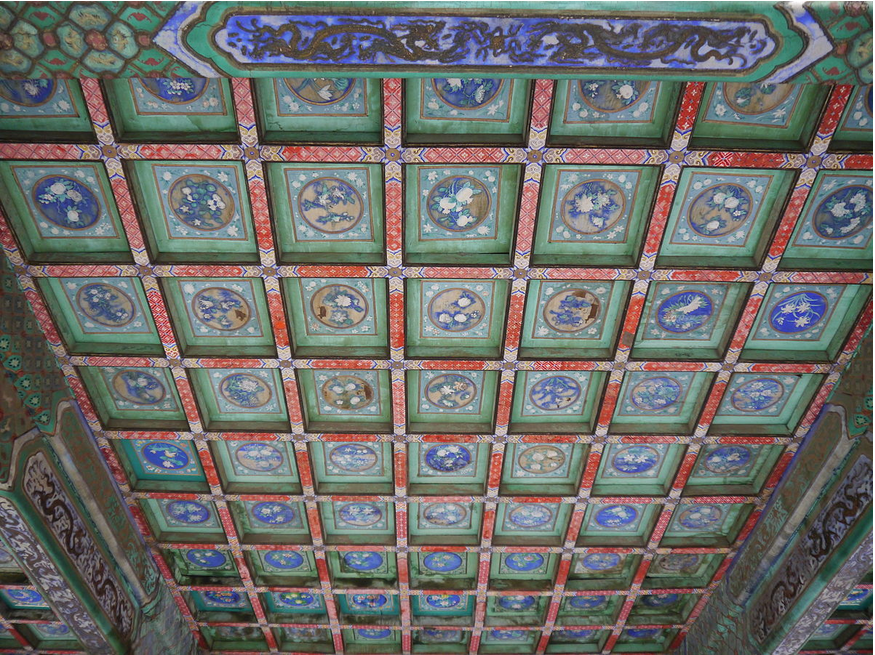
Unrest continued across the 1970s, with workers demanding more egalitarian wages and bonuses, a say in decision-making and work conditions, and fewer privileges for party cadres; the experiences gained during the Cultural Revolution were put to use by grassroots organizers. This was also a period where investments in education and health care paid off — literacy, life expectancy and child mortality all continued to improve. Unrest was met with a mix of responses, including repression, concessions, co-optation and reforms.
China, as can now be seen in hindsight, was on the brink of dramatic changes as Mao and much of the revolutionary generation were approaching their deaths. Separate from that, China had opened relations with the United States in an effort to ease its isolation and gain access to technology; the split with the Soviet Union also played a role in this development. The Deng faction would win the power struggle following Mao’s death, and then use the democracy movements to defeat their party opponents before suppressing the movements, Mr. Ruckus writes. The commune system was dismantled, farmland was leased, collective structures disappeared and local governments began to rely on taxes, fees and enclosures. Wages were increased, but the “iron rice bowl” of benefits was attacked and associated with the ousted Mao-aligned Gang of Four. The right to strike was abolished, more workers become temporary hires and rules restricting migration were eased to encourage an exodus into the new special economic zones where foreign capital could set up.
Here, Mr. Ruckus is on firm ground in characterizing the period from the mid-1970 to mid-1990s as a transition to capitalism. He writes that hopes that the Deng reforms would lead to improvements were disappointed. Changing labor relations and less job security led to continuing worker unrest and student mobilizations. The death of a prominent party reformer, Hu Yaobang, sparked mass demonstrations and the Tiananmen Square occupation of 1989, by any standard a crucial turning point.
Tiananmen Square as a turning point in Chinese history
Here, perhaps more than at any other point, is where Communist Road must make its case. The Tiananmen Square occupation “ended in failure,” Mr. Ruckus writes, because “CCP leaders were determined to keep their grip on power” and because of the movement’s weaknesses, “above all, the division between students and workers. Student leaders did not want to involve the working class.” That was, in part, because of a fear that “working class involvement would necessarily lead to a harsh response from CCP leaders.” [page 109]
One of the leaders of Tiananmen, Wang Chaohua, who wrote a series of essays on the event after escaping China, said the more important mistake was to not develop a political agenda and thus “failed to propose a political agenda that could have reflected the scale of popular engagement — and thus missed the opportunity to transform the protest into a constructive political movement,” in the words of J.X. Zhang, who reviewed in New Left Review Dr. Wang’s Chinese-language collection of Tiananmen essays. Dr. Wang laments a “lack of independent political consciousness among Chinese workers” who “as a whole still partly identified their collective interests with those of the ruling party, which claimed to be ‘the vanguard of the working class.’ ”
Activist workers who did participate nonetheless would bear a heavy share of the crackdown that followed the military attack that put an end to the occupation. It is possible that thousands were killed in the military crushing of the occupation and a certainty that thousands more landed in prison. What was to come next?
“At this point,” Mr. Ruckus writes, “the PRC was just a final step away from its transition from socialism to capitalism. This step might not have happened if not for the global transformation of the Cold War confrontation between the capitalist West and the socialist East and the dialectic of economic crisis, investment relocation, and industrial development that had shifted the global manufacturing center to East Asia over the course of the 1980s and 1990s.” [page 110]
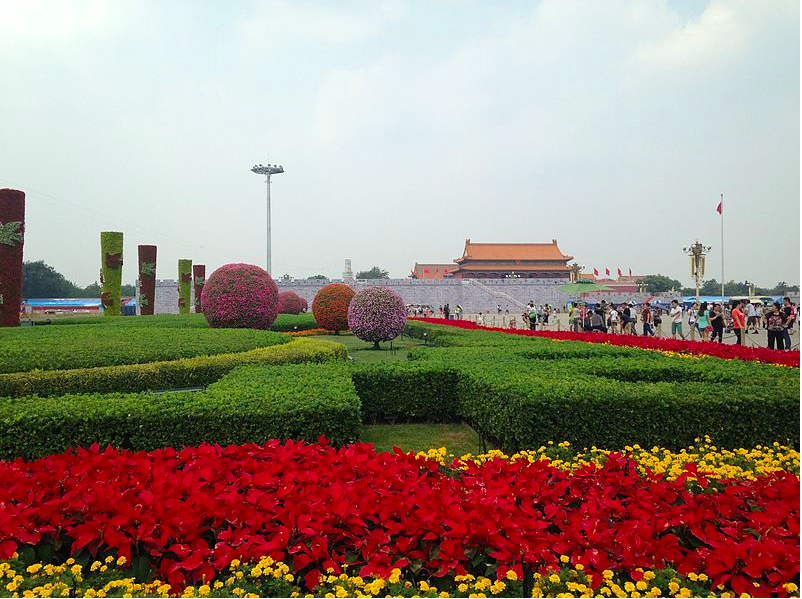
Similarly, Naomi Klein, in The Shock Doctrine: The Rise of Disaster Capitalism, argued that as the Tiananmen Square protests were getting underway, the Chinese government “was pushing hard to deregulate wages and prices and expand the reach of the market.” She even reported that Milton Friedman, the notorious godfather of Chicago School economics, was invited to China in 1980 and again in 1988 to provide advice! Ms. Klein quotes another Tiananmen leader, Wang Hui, who said popular discontent against Deng’s economic changes that included lower wages, rising prices and “a crisis of layoffs and unemployment … were the catalyst for the 1989 social mobilization.” The violent end to the occupation, according to Professor Wang, “served to check the social upheaval brought about by this process, and the new pricing system finally took shape.”
What were the results once the Deng-led CCP was able to resume its restructuring? Mr. Ruckus doesn’t hold back from a catalog of negative changes: The use of special economic zones to draw in foreign direct investment (FDI), job security guarantees replaced with contracts, welfare provisions scrapped, privatizations, state-run companies converted to state-owned enterprises expected to maximize profits, 50 million laid off and an intensification of work. “Growing job insecurity, unemployment, low wages, the loss of welfare protection, and higher work pressure led to discontent,” he wrote. “[State-owned enterprise] workers started organizing a wave of protests against the restructuring of the state sector that would last into the 2000s. Moreover, the deterioration of living conditions in the countryside triggered peasant unrest in the mid- and late-1990s. These two cycles of struggle marked the beginning of the capitalist period in the PRC,” which the author dates from the mid-1990s. [page 114]
“Crossing the river by feeling the stones”
This transition need not be seen as either inevitable or the result of a plot by some party leaders, according to Communist Road. “This transition was not the result of a detailed master plan or blueprint but of a series of — often experimental — reform steps taken to improve the country’s economic performance, save the socialist system, and stabilize CCP rule. This is the meaning of the phrase ‘crossing the river by feeling the stones’ that Deng Xiaoping allegedly used to describe his understanding of the course of reform.” [page 115]
Restructuring of state-owned enterprises would further develop as the 1990s drew to a close and China joined the World Trade Organization in 2001. Another crucial milestone in China’s path toward capitalism Mr. Ruckus could have explored further is Jiang Zemin’s “theory of the three represents.” Only a passing reference to then-President Jiang’s allowing private capitalists to become party members in 2001 hints at this development. But this development went beyond a mere widening of party intake. The “Three Represents” reference is an official line announced in 2001 the party should represent the most advanced productive forces, the most advanced culture and the broadest layers of the people. Promulgated by President Jiang, it is a declaration that the interests of different classes are not in conflict and that the party can harmoniously represent all classes simultaneously. One can of course enunciate such a program if one wishes, but such a theory has nothing in common with Marxism.
Another piece of evidence that the book could have cited but didn’t is the party’s increasing stress on the use of markets. The Communist Party leadership switched the role of the market from “basic” to “decisive” in 2013 at a key Central Committee plenum, and continuity with this course was laid down by the party at the October 2017 party congress that again stressed the “decisive role” of the market. Communist Road focuses on social movements and grassroots activities, and spends little time on party developments, and although not discussing these party declarations is perhaps consistent with the intent of the book, more reportage of party debates would have enriched the text and provided further underpinning for its central thesis.
The book does document continuing unrest across the 2000s; much of the strikes during this period were wildcat actions as organized actions were prohibited. Since Xi Jinping became party general secretary and president in 2012, the party has tightened control and increased surveillance, and although unrest and wildcat actions have not ceased, there is support for the government from the middle class, which has seen benefits from the reforms, and wages have increased.
Conceptualizing socialism beyond a narrow definition
In trying to unravel the complexities of how the Chinese economy might best be conceptualized, a basic question that should be asked is: What is socialism? Is socialism merely the absence of capitalism? Or is it something more? A definition frequently put forth by socialists (and not only them) is that state ownership of the means of production constitutes socialism, understood as a transitional stage toward communism, to use the classical formulation of Karl Marx. This was the foundation on which the Soviet Union, from the 1930s on, could proclaim itself a socialist society, updating that to referring to itself as a “developed socialist society” in the Brezhnev years as an additional developmental step.
But is that all there is? I would argue that the elimination of a bourgeois social class as the owners of the means of production and the replacement of that social relation with common or state ownership is a pre-condition of socialism, not the actual content. Nor does it have to mean state ownership of all enterprises, although it is inconceivable for a socialism to exist that doesn’t place in state hands banking and a few, large key industries. If socialism means political and economic democracy in a society where everybody has a voice in the decisions that affect them, their communities and/or the enterprises in which they work; wages and other compensation reflect contributions to the work performed; and there are no centers of power built on the accumulation of capital, then neither China nor any other country can be classified as achieving socialism.
In his writings on the Soviet Union, the Marxist historian Isaac Deutscher developed the term “post-capitalist” for the Soviet Union and its Central European satellites. This provides a neutral term that acknowledges that capitalist economic relations had been abolished without suggesting a transition to a higher state had been completed. That has long seemed to me to be a highly useful way to conceptualize the Soviet economy. It certainly wasn’t capitalist, or the United States and other Western capitalist powers wouldn’t have poured so much time, energy and money into attempting to defeat the Soviet bloc with such sustained intensity.
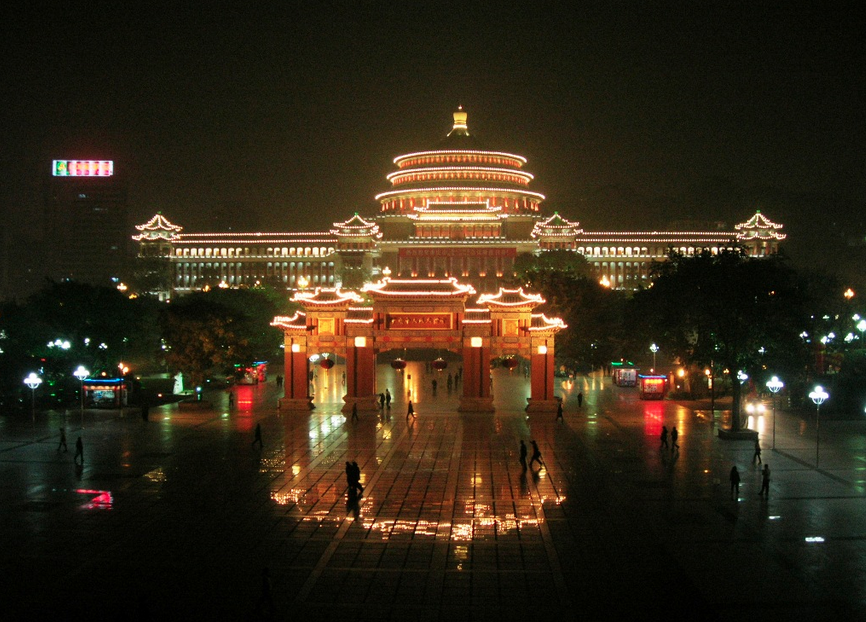
It is reasonable to draw some parallels with Dr. Amin’s conceptualization of China as neither capitalist nor socialist. He pointed to the communal nature of land in rural China, which is not a commodity that farmers can sell, as “absolutely prevent[ing] us from characterizing contemporary China (even today) as ‘capitalist,’ because the capitalist road is based on the transformation of land into a commodity.” Other commentators point to the fact that banking and finance remain firmly in state hands to buttress their arguments that China is not capitalist. Dr. Amin in his analysis noted that transnational capital can’t pillage China’s natural resources and China’s integration into the world system is “partial and controlled.” Land, however, is frequently taken by city or other local governments and sold to commercial interests; one estimate made in 2017 is that 4 million farmers were losing land annually. Moreover, that China is one of two countries large enough to enter the world capitalist system on its own terms (India being the other although neither the Hindu fundamentalist neoliberal BJP nor the ever rightward-moving Congress chooses to do so) doesn’t mean capitalist relations are absent from the workplace.
The analogy with the Soviet Union is not a snug fit, given that Soviet Union retained a post-capitalist, or at any rate, a non-capitalist, form of government through the early years of Mikhail Gorbachev, not beginning to introduce elements of capitalism until a series of reforms rammed through the parliament in 1990.
On balance, then, although Dr. Amin presented a learned and serious interpretation (and who was clear about the danger of a return to capitalism even while believing market openings were justified), Mr. Ruckus’ four-stage conception gives us the best understanding of the Chinese economy and where it, at least for now, is going. One more opinion popularly floated that we haven’t discussed is that China has indeed moved to capitalism, but only as a temporary expedient to develop faster, and will one day expropriate private capital and become a socialist power strong enough to fend off the capitalist powers. Given the opaqueness of the CCP, none of us outside the party are in any position to know with authority its leadership’s long-term intentions.
What we can do is analyze the actions and words of CCP leadership, which has carried out a slow progression toward capitalism. President Xi has recently begun taking steps to reign in certain Chinese capitalists and has more frequently talked about Marxism, but whether these are the opening moves of a reversal of policies or simply an assertion of party rule will not be known for some time. And even if it were true that the moves toward capitalism are intended to be a temporary expedient, becoming more deeply entangled in markets and the capitalist world system carries its own momentum, a drift not at all easy to check. There are industrial and party interests that favor the path China has been on since the 1990s, and those interests represent another social force that would resist structural moves toward socialism.
An ambivalent and contradictory path
In its summation, Communist Road acknowledges that the four-stage conception “has its limitations.” There are not clear borders between the stages nor is there a straight historical direction. “The long transition from socialism to capitalism in particular was not only gradual and intermittent but also ambivalent and contradictory,” Mr. Ruckus writes. “[M]any of those subperiods [within the stages] overlapped, as unrest from below was often vibrant and erratic and took years to develop and grow, while containment measures and reforms from above were also staggered and long-lasting.” [page 166]
A corollary is a rejection of the idea that “so-called capitalist roaders in the CCP leadership” executed a master plan. “There is no evidence for such a master plan, and blaming the transition mostly on deviant CCP leaders ignores structural factors, both domestic and global. … [I]t was the result of structural features of the form the CCP regime took in the 1950s and 1960s and of social, political, and economic dynamics that made the transition to capitalism in the following decades possible and likely (though not inevitable).” [page 173]
The book concludes with “lessons for the left” that offers “elements of a left-wing strategy.” Two necessities, the author writes, are analysis of the process of class recomposition from the perspectives of proletarians and other oppressed peoples, and forms of organizing that break down divisions among proletarians, activists and intellectuals. Open discussion of the strengths and weaknesses of movements, resistance and organization, and of socialist governments, are vital as well as that movements should be in the hands of those struggling and should represent themselves. Finally, movements must organize globally; the social struggles around the world of recent years occurred simultaneously but were “divided along North-South lines and by national markets, sexism, racism, and migration regimes. These divisions can be overcome, and it is one of the tasks of left-wing organizing to provide resources and create bridges that connect struggles.”
We must base analyses on material reality, not on what our hopes or dreams wish nor on the name of the organization presiding over a country. No single book can be the last word, and some of the conclusions of Communist Road are sure to draw some strong disagreements. Regardless of where you stand on the central questions under discussion, Ralf Ruckus has provided a strong argument, backed by ample evidence, for the thesis that China has become capitalist, as well as a useful, brisk history from below of China since 1949. Both are welcome contributions.
